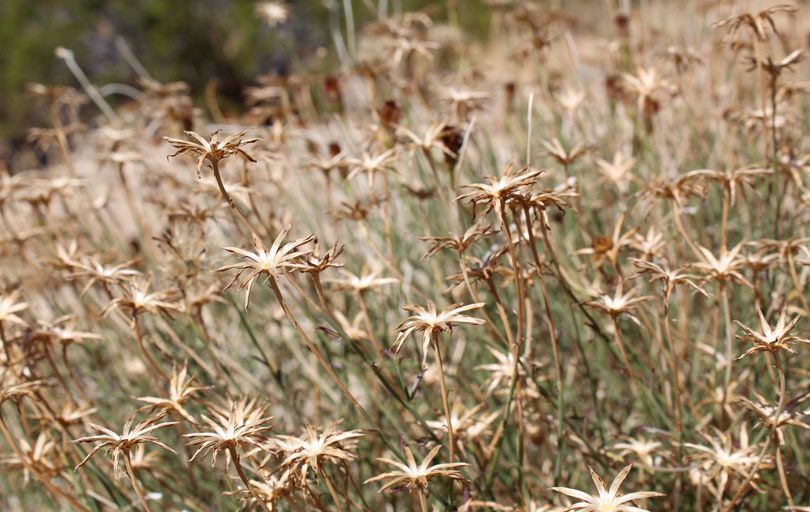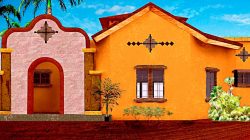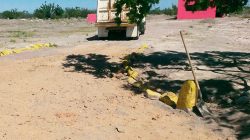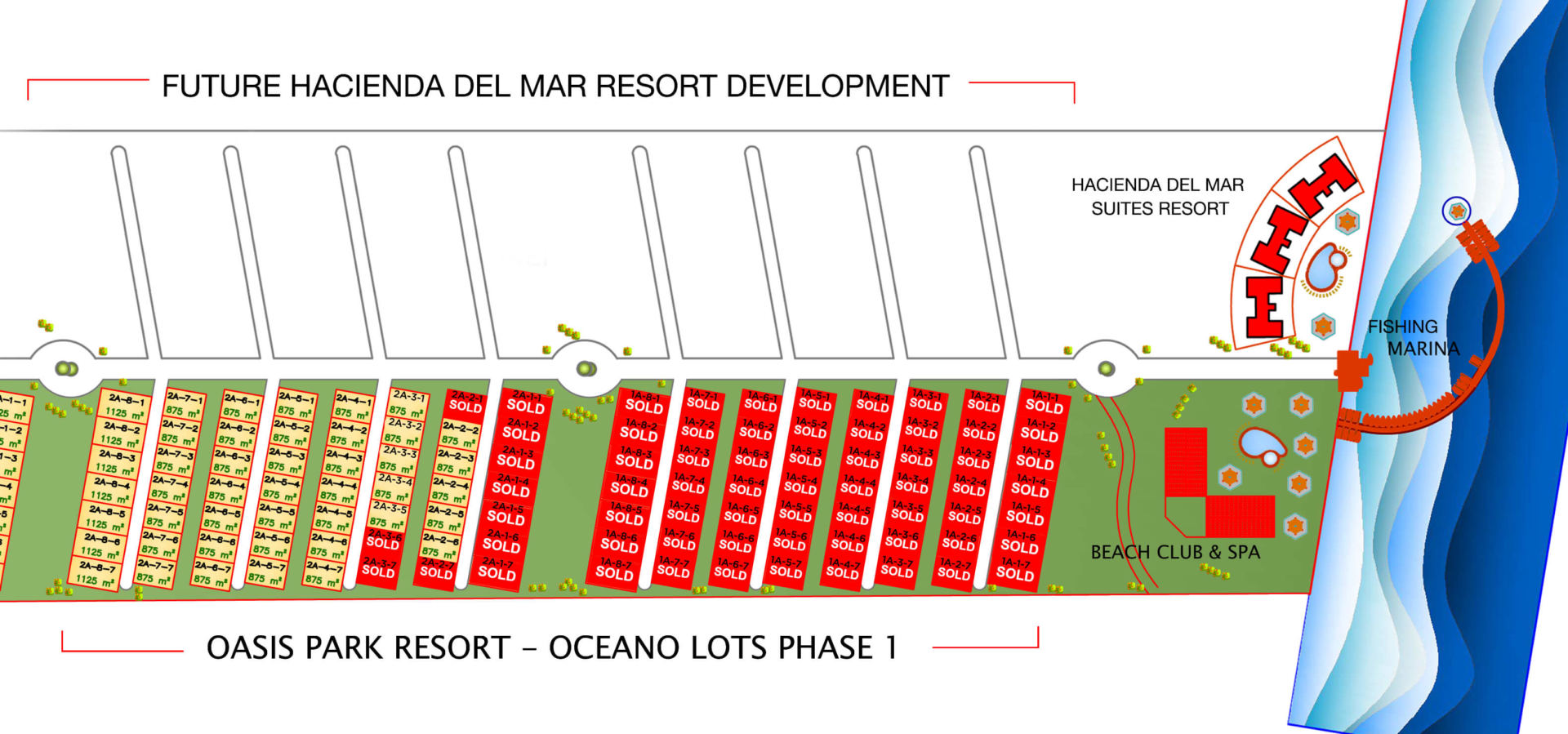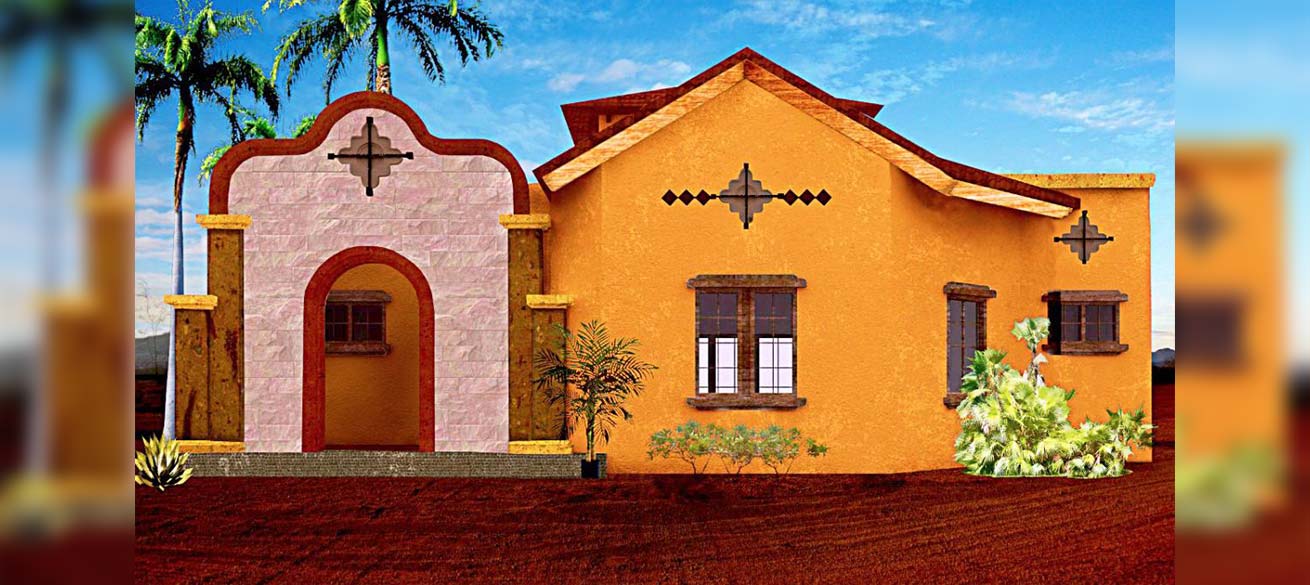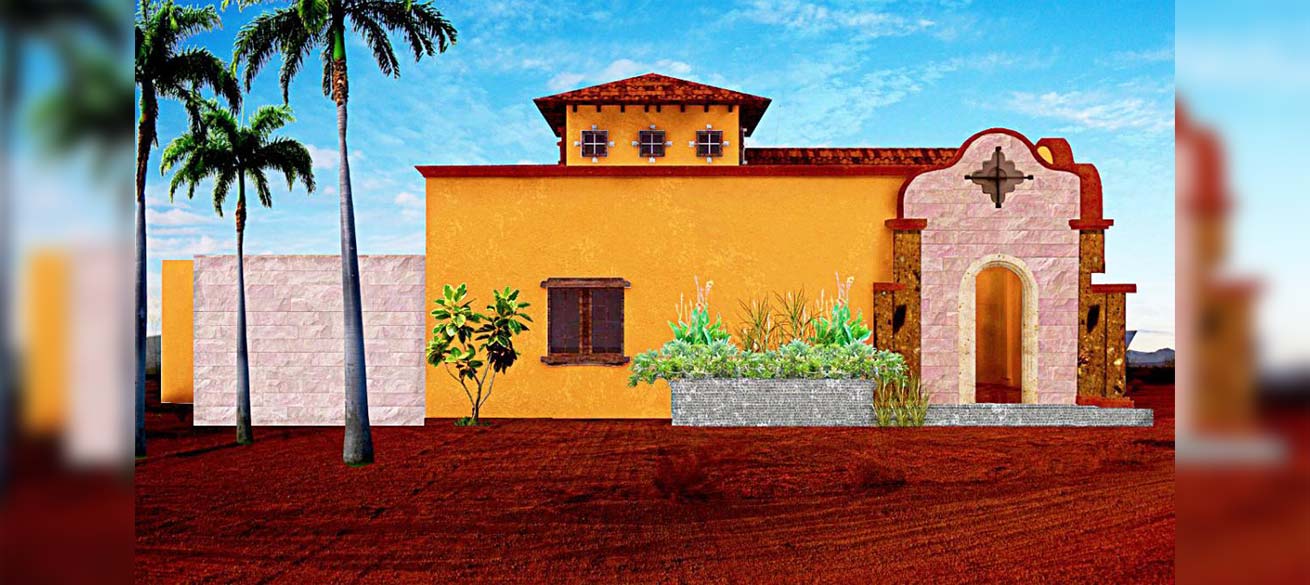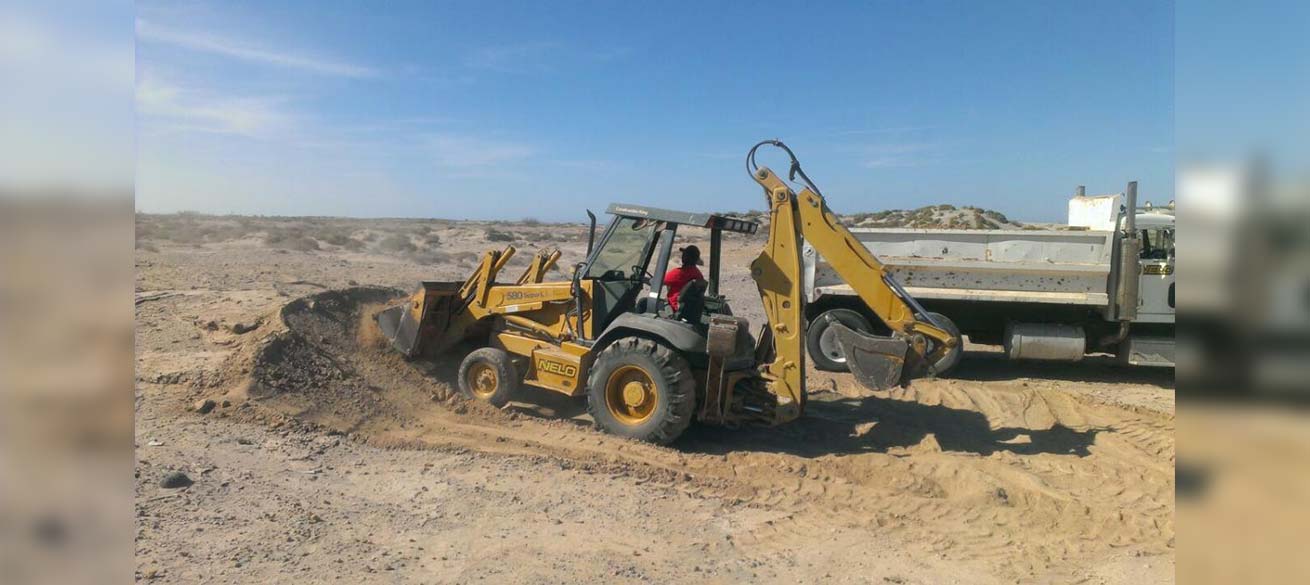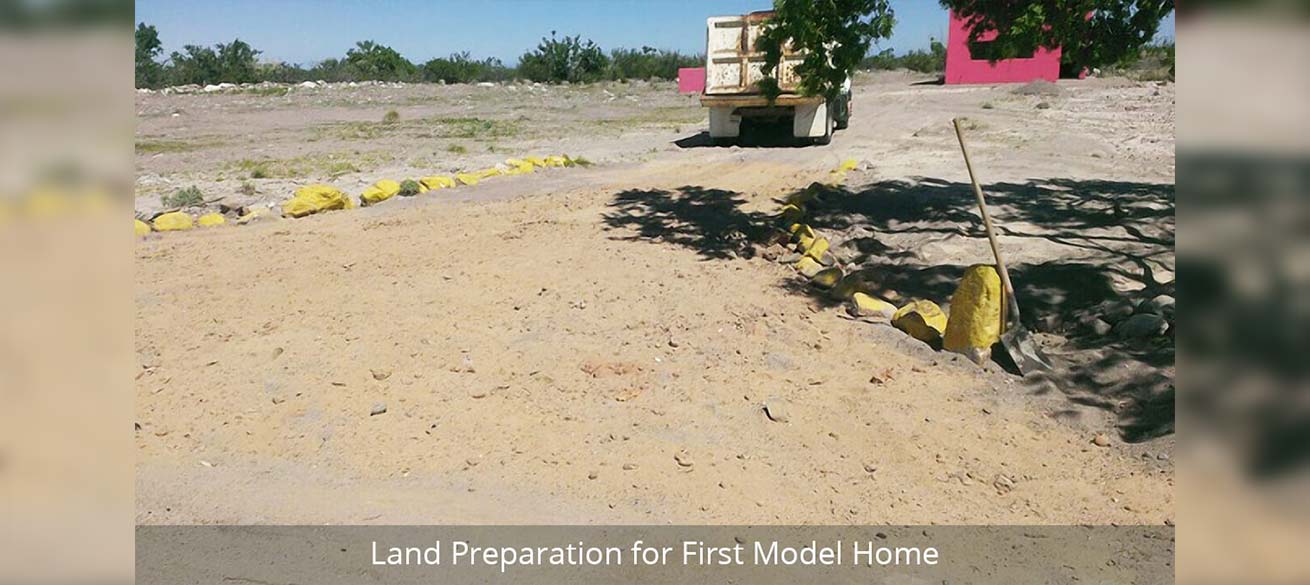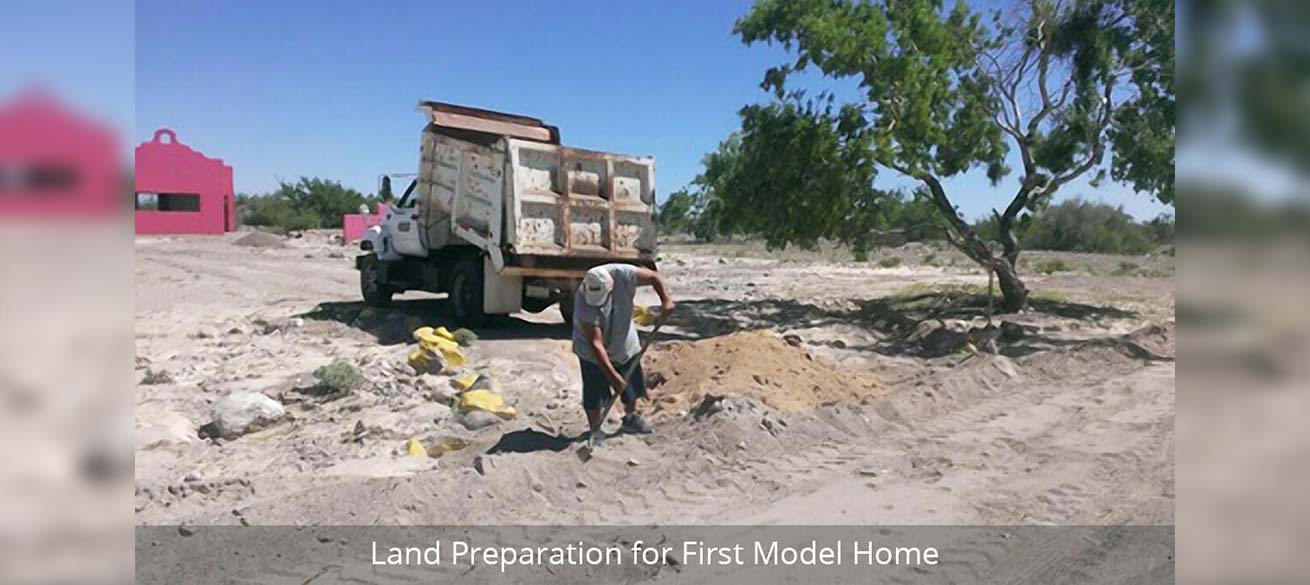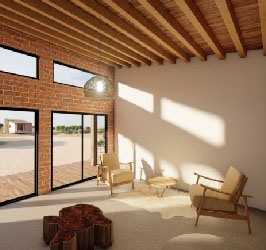About San Felipe, Mexico

Oasis Park Resort
THE LIFESTLYE YOU’VE ALWAYS DREAMED OF
ABOUT SAN FELIPE, MEXICO
San Felipe Today
Today, San Felipe is a thriving community of more than 20,000 permanent residents, with an additional 10,000 from the United States, Canada and Europe. The town is of sufficient size that a significant variety of goods and services are enjoyed by the entire populace.
The local San Felipe people are friendly and very tolerant of the many outsiders that come into town each year. The residents also actively support the same kinds of community recreation that we are used to in the States. There are ball fields, basketball courts, a swimming pool, and of course soccer fields where young and old alike compete. There are several different denominations of churches here as well as doctors, dentists, engineers, and lawyers. With San Felipe’s proximity to the USA border, and the many new developments, this area is rapidly becoming a very desirable, yet affordable vacation resort community.
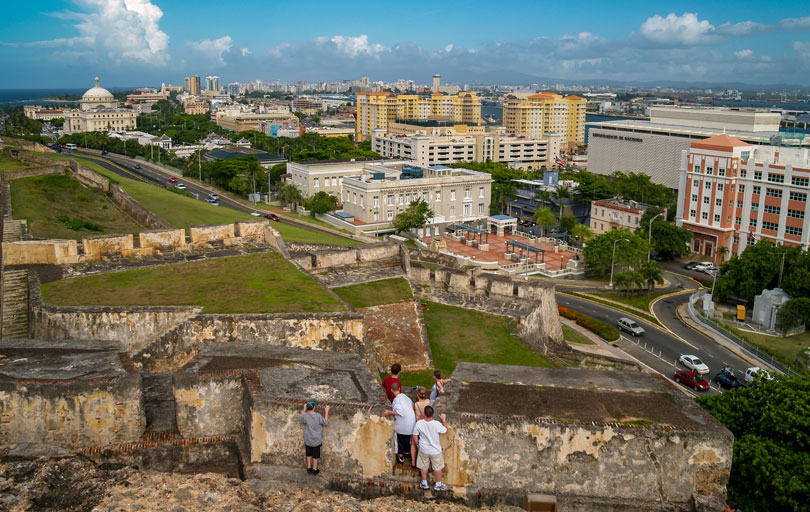
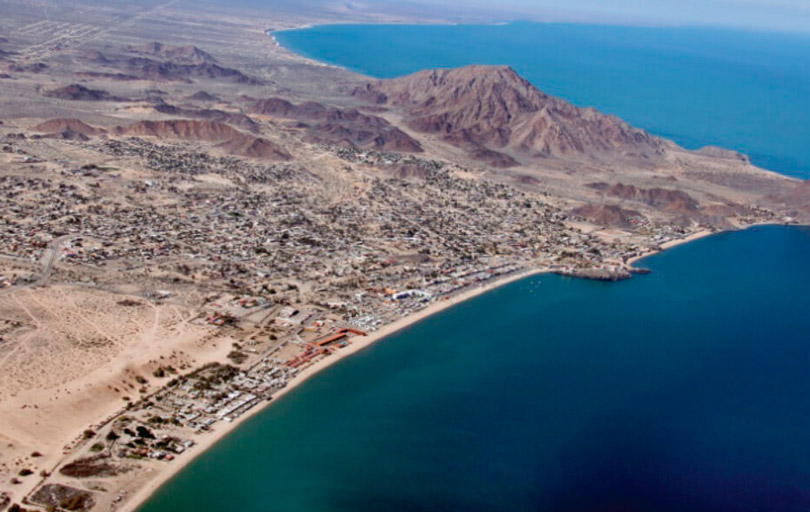
The snowbird residents are active and involved in the community through various civic organizations. There are numerous recreational and social pursuits to fuel an active retirement lifestyle. Life is so comfortable here that many transplants now consider San Felipe their main home.
Digital telephone service is provided by Telnor (the high technology division of Telmex) and cellular telephony by Baja Cellular and TelCel. The Net offers dial-up and walk in connectivity to the internet and there are two different mail services that cross the border to check your snail mail. There are three Pemex stations that have unleaded gas in both regular and high octane. In addition one station has diesel. There is a propane plant to refill portable tanks as well as tankers to refill large tanks at your home. There are numerous lumber yards and hardware stores as well as auto part stores. There are grocery stores, furniture stores, and clothing stores. In short almost everything most people think they need can be found here without the need for a drive back across the border.
San Felipe’s Natural Attractions
Today greater awareness and interest in Ecotourism is ensuring a different attitude to the natural environment. Now we have the Upper Gulf of California Biosphere Reserve which is run by the Unesco Natural Biosphere Reserves Program.
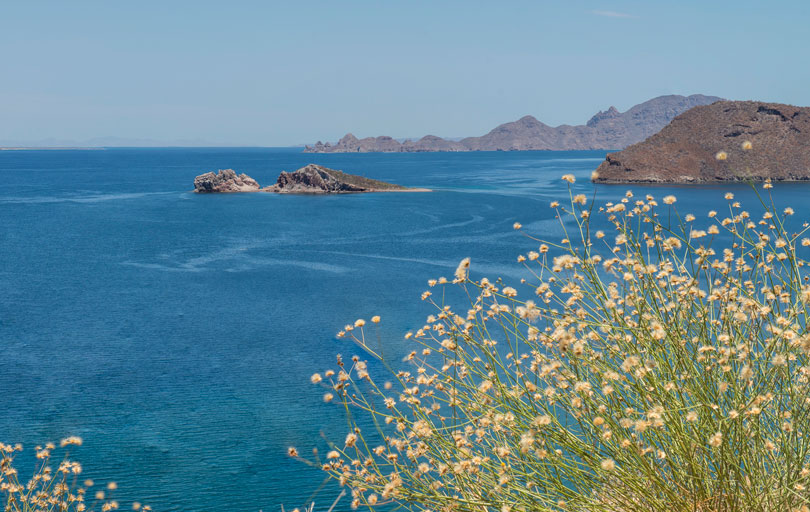
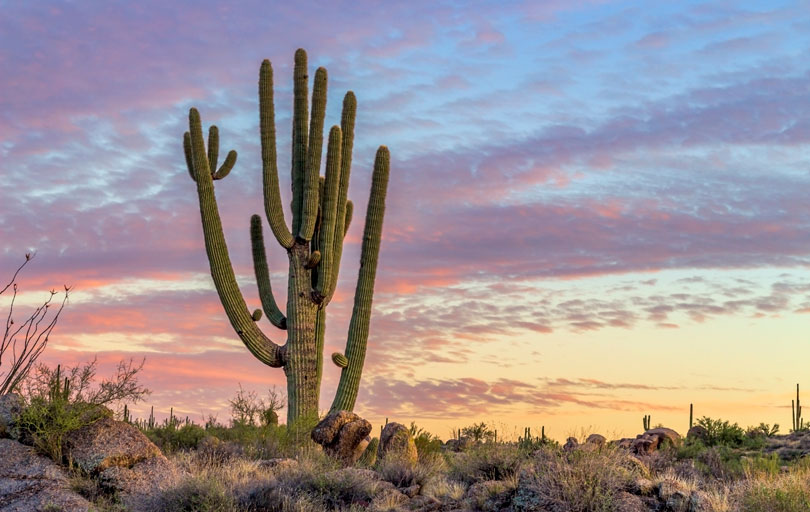
THE VALLEY OF
The Giants
A few miles outside of San Felipe is an area called “Valley of the Giants” or “El Valle de los Gigantes”. It got it’s name from the huge Cardon cacti growing there between 33 and 56 feet! It is the Natural Reserve of the thousand year old Cardon Cactus. This area has become a major visitors attraction due to the selection of one of these giant specimens that was transported to Seville, Spain during World Expo ’92. The area has also become a favorite spot for photographers worldwide as it is a superb background for photo sessions.
KONSAG ISLAND
Perhaps one of the best kept tourist attraction secrets in San Felipe Mexico, is Konsag island or Isla Consag as it is called by San Felipe natives. Yet other locals refer to Konsag Island as La Rocka.
From the shores of San Felipe, looking out to sea, on a clear sky day, you can see what appears to be a structure in the middle of the sea – this is Konsag Island.
Konsag is plainly visible from the beach at any point around the San Felipe bay, appearing at first glance to be a sail. It is reachable by boat in 45 minutes or so under normal conditions and it is a great place to watch sea lions, seals and colonies of sea birds.
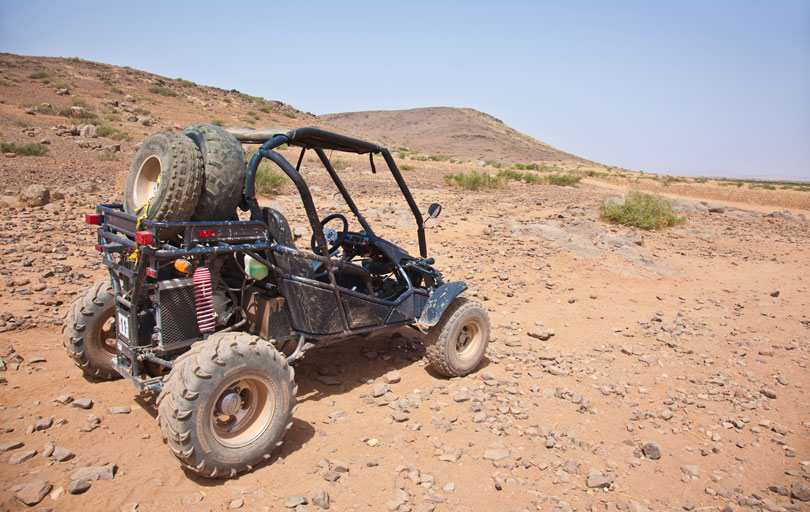
PUNTA ESTRELLA
Punta Estrella has a breathtaking panoramic view beyond the meaning of the word as it encompasses the whole bay to the west and northwest and the Sea of Cortez to the east.
At Punta Estrella, a low, marginal point at mile 10, the coastline turns south and most development peters out to intermittent American camps. About a mile inland, the Cerro Punta Estrella, a prominent ridge, extends for four miles south. The road heads inland as well, making access by car more difficult. Dunebuggies have their heyday here; tents and kayaks may be directly in the traffic path. This becomes less of a problem as one gets farther south.
PUERTECITOS
Ninety kilometers south of San Felipe is a settlement called Puertecitos (little port) where thermal waters bubble and soothe. There is a small hotel, a gas station, a boat ramp and other services, including telephones.
During high tide Puertecitos’ natural mineral hot springs are inaccessible but as the tide goes out, three major pools, one after the other, are slowly revealed. The mix of cold sea water and boiling geothermal pools produces a perfect temperature for soaking up the healing qualities of the springs. As the tide goes out, pools grow warmer, but you move from one to the next (the one closest to the sea being the least warm), till you find your ideal sitting spot.
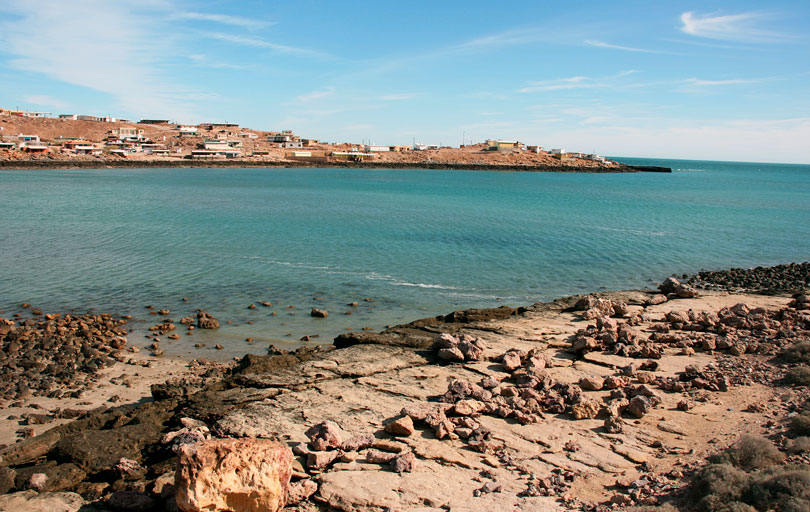
ARTIFICIAL REEFS
In March of 1991 the three levels of Government and the San Felipe community organized a Program of Artificial reefs to attract fish and provide better sport fishing, with the addition of more spawning grounds and of more natural production of biological resources.
San Felipe’s History
The history of the San Felipe region dates to more than 150 million years before present (to the formation of the Baja California peninsula) while its written history goes no farther back than the days of the first Europeans to set foot on its soil. Beyond that, nothing is known of the first humans to enjoy the local shores although information begins to appear from about two thousand years ago.
Dispatched by Hernon Cortés to map the coastline of the then known “Southern Sea,” Francisco de Ulloa recorded his presence in this area in September, 1539. With him was cartographer Domingo del Castillo who identified the San Felipe cove (on a map he was then making) as “Santa Catarina.” What’s more, because the existence of the Baja California peninsula was unknown at the time (the Spaniards thought La Paz was on an island some of them called “California”), it was Ulloa who reported it at the conclusion of this voyage. That voyage, by the way, included circumnavigation of the peninsula as far north as the approximate location of Ensenada.
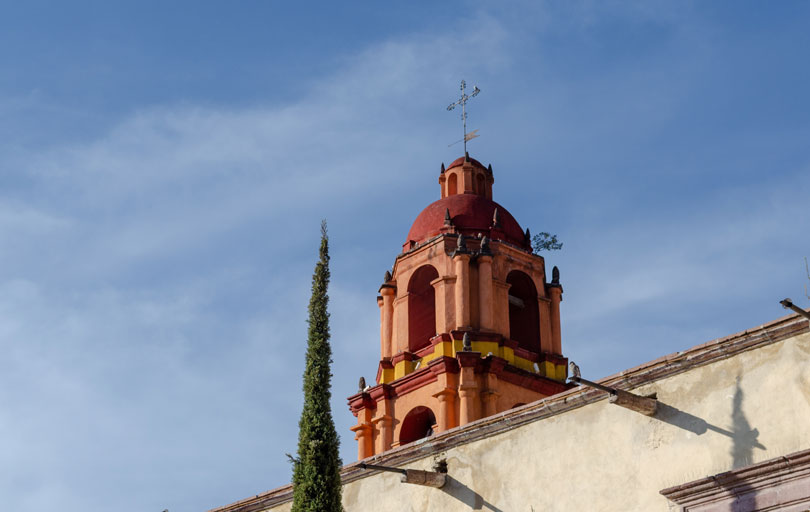
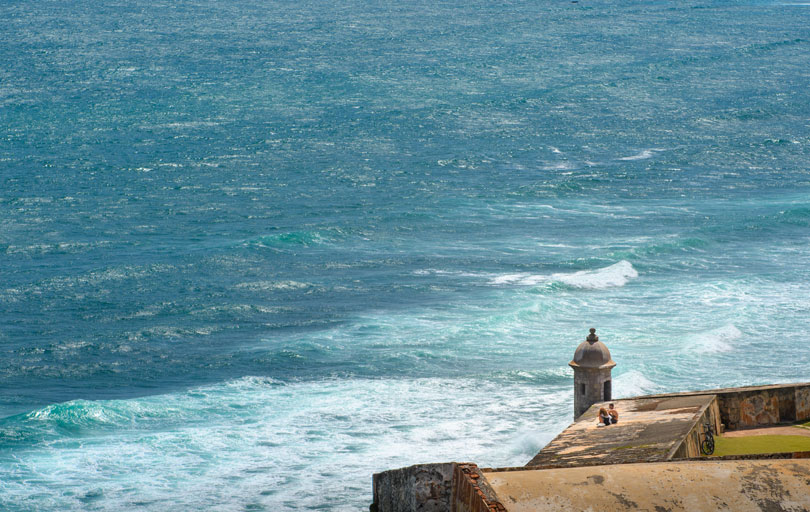
One year later, Hernando de Alarcón sailed into the area on an unsuccessful mission of support for the Coronado Expedition (to the Seven Golden Cities of Cíbola). With Alarcón was the same Domingo del Castillo who, by virtue of the Viceroy of New Spain’s orders to sail as close as possible to the shore (to enable sighting Coronado’s representatives), was enabled to improve upon the map he produced during the Ulloa voyage.
Sailing in the first ship built on Baja California soil, Juan de Ugarte landed in the bay on July 5, 1721. Twenty-five years later, Padre Fernando Consag landed here and formally christened the place San Felipe de Jesús.
San Felipe’s modern history dates from 1876 when the Mexican government signed a colonization contract with one Guillermo Andrade who acquiredsome 30,000 hectares but died before his plans were realized.
Although the first fish camp was formed in 1904, it was not until 1925 that the first sub delegation was created and San Felipe began to develop as an organized community. The first fishing society was founded in 1928, the first school established in 1929, and the first tourist facilities in the early 1950’s. Electricity was provided in 1963 and the first potable water in 1967.
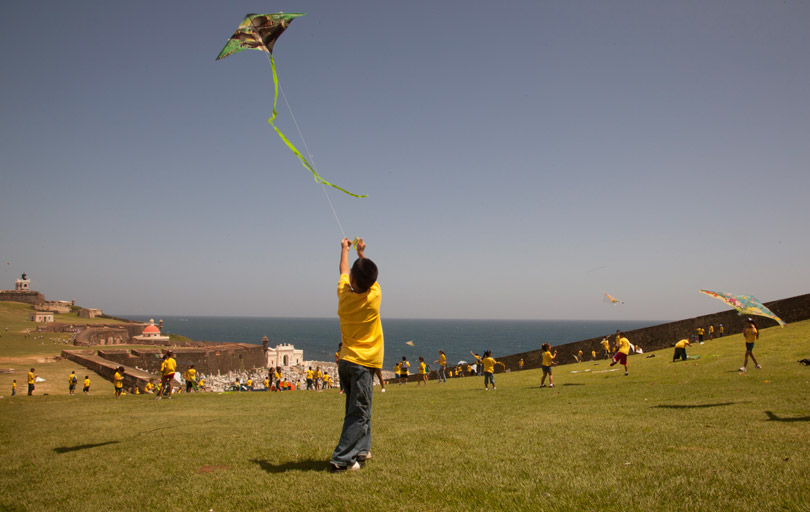
San Felipe’s Ecosystem
The Great Sonora Desert encompasses a large and diverse subtropical region extending from the west coast of Baja California to the western flank of Mexico’s Sierra Madre Mountains. Within this vast expanse, the area surrounding San Felipe (an area of transition between the Lower Colorado River Section and the Vizcaino Desert Section) was determined to be sufficiently unique to enable its identification as The San Felipe Desert.
Many mountain ranges lie within the San Felipe Desert. The most prominent of which is the Sierra San Pedro Martír. This range, which is the tallest in Baja forms the western boundary of our desert. The terrain varies from relatively flat sandy brush land to incredibly rugged almost impassable canyons.
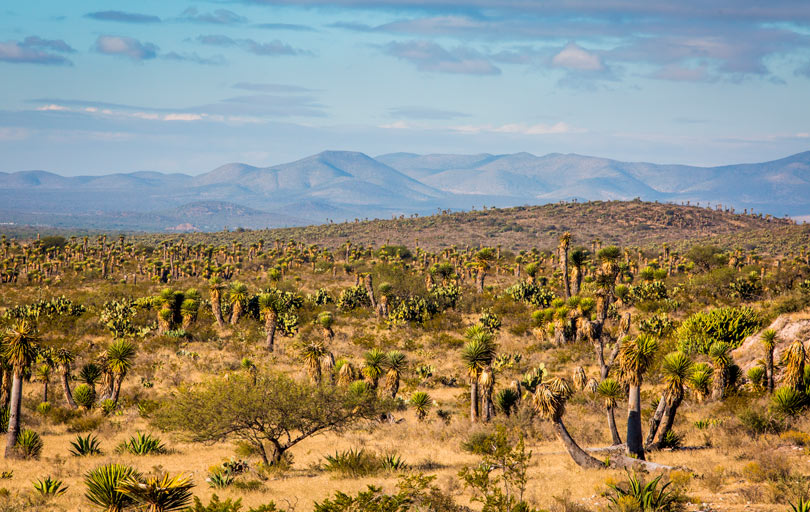
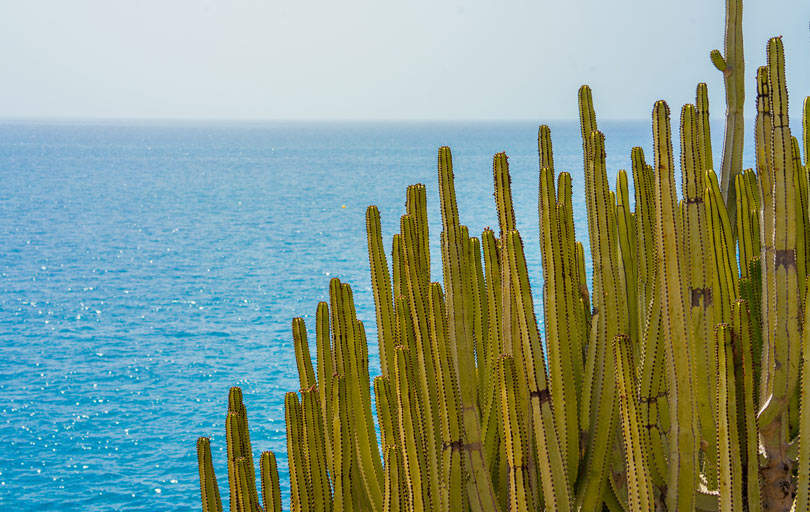
With some areas receiving as little as 3 cm of annual rain, many unique plants have chosen to call this area home. The most impressive has to be the Cardon cactus. These are the largest cactus in the world and the San Felipe Desert is the northern most extent of their range. While many of these plants have spines or smell and taste bad they also have brightly hued blossoms that attract lots of birds.
Birds are not the only animals that live here either. There are lots of bugs, insects, and reptiles as would be expected. But there are also coyotes, bobcats, mountain lions, mountain sheep, and vicious cholla chomping jackrabbits.
While deserts tend to appear as rather bleak places, they are an ecosystem literally full of diverse life forms. Even the dry sandy earth forms an alliance with algae and lichens to create what we know as a cryptogramic soil.
The San Felipe Desert is a highly varied and very unique ecosystem. It only takes a short time to fall in love with it. You can spend a lifetime discovering it.
Hopefully the links above and the rest of this site will pique your interest, or allay any fears you might have, about visiting this exciting community and making this your “home away from home.”
